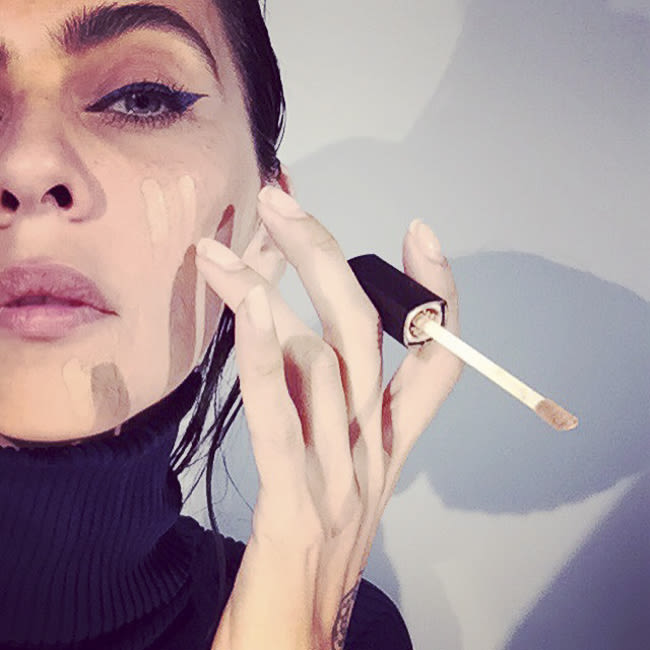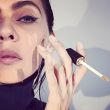I don't believe in buying one kind of concealer to fix all my problems. You're going to need several if you're serious. And problematic skin—in other words, adult acne and hormonal issues—is one of those that deserves a category of concealers all their own. For these issues, coverage can be tricky. You want a texture that softly covers and diffuses blemishes without it looking caked-on or dry. Though, a note (and one hopefully that will make you ease up on your skin and be kinder to it): You cannot get rid of texture, bottom line. The more you try to cover little bumps and dents, the worse they will look. What you can do is soften the problem areas by diffusing light and counteracting the redness. This is what we're aiming for.
Before you even bring out the concealer though, it's important to prep. Cleanse your skin with a gentle exfoliator to buff away dryness. After you rinse, keep your skin slightly damp and apply moisturizer immediately. Skin will be soft and supple, and concealer will glide on better this way.
In my opinion, the best concealer for for acne-prone skin is Nars' Radiant Creamy Concealer. It's sheer and silky but with amazing coverage. I like to blend two different shades of this concealer and apply a liberal amount of it, blending it out with a damp sponge. Use a stamping motion with your sponge, rather than dragging the sponge, will not irritate skin and will apply color evenly without interrupting the problem area, which is a common reason why concealer appears to look flakey and dry. This method is particularly good for the cheeks and chin.
Again, you cannot remove the texture of hormonal craziness, but you can apply smoke and mirrors with the swipe of your hand.
—Stacey Nishimoto
Photos Courtesy of the author. Stacey gives you the low-down on adult ponytails right here.




